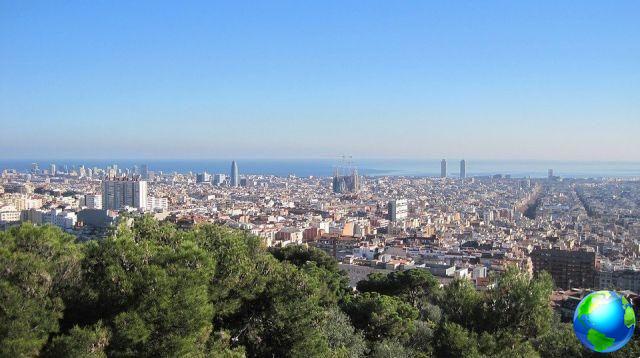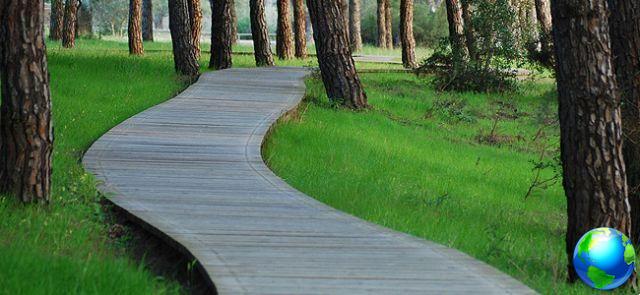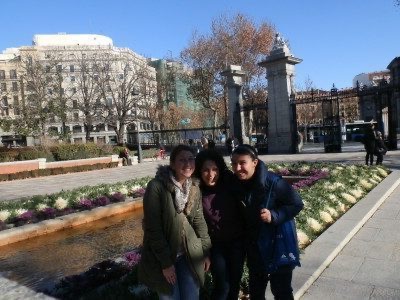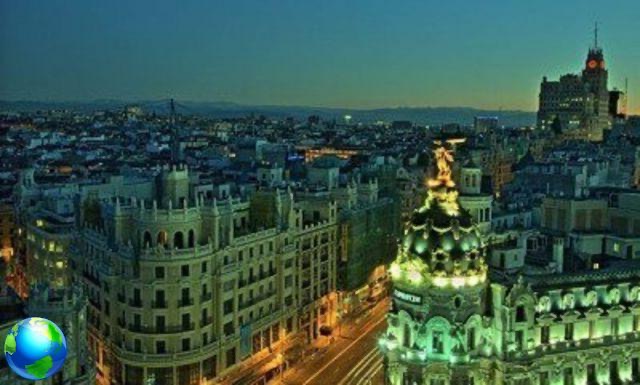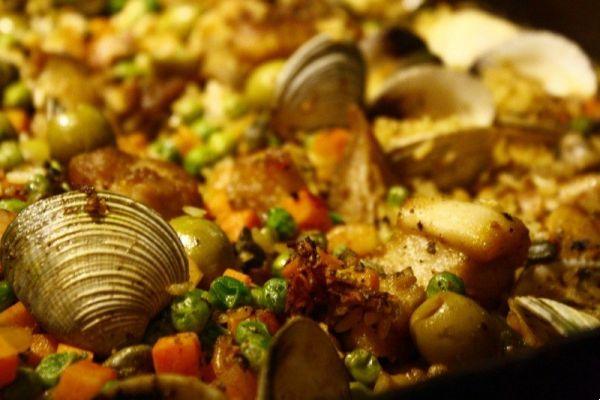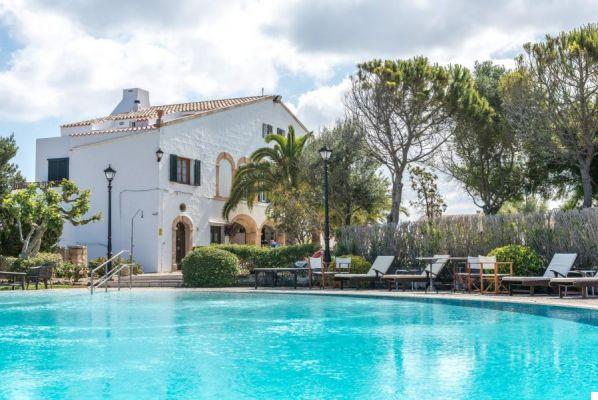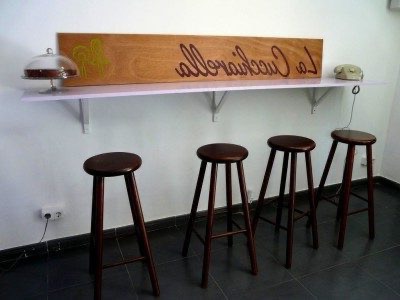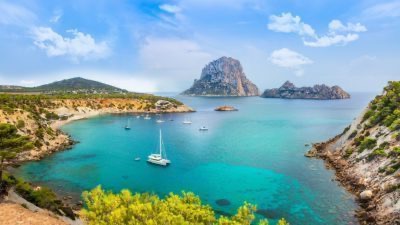San Pedro del Pinatar is an extraordinary naturalistic beauty. Here are all the useful tips to set out to discover the suggestive Saline Natural Park.
Do you want to enjoy the naturalistic beauty of a new place, out of the ordinary?
Look for a trip dedicated to naturalistic tourism?
Read this article, it's for you!
Destination: south-east of wonderful Spain, Murcia region. Once again I'll tell you something special about the country San pedro del pinatar.
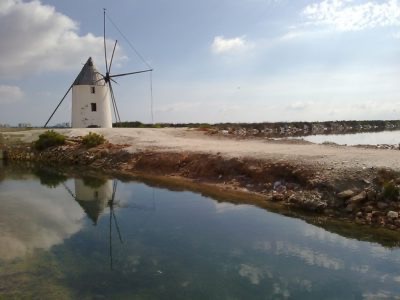
What San Pedro del Pinatar offers
Yes, this town offers a lot in terms of tourism, or more simply it offers a lot to its inhabitants and makes the most of its characteristics in favor of tourism.
The first time I reached this country I was amazed: they are there two seas separated from the Manga (a strip of sand twenty-two kilometers long and between one hundred and twelve hundred meters wide), beautiful beaches, bars and discos on the beach, typical local craft shops, souvenir shops, tapas restaurants, evening market on the seafront, and much more.

Clock House
To underline there is the Casa del Reloj, which can be visited freely without reservation by anyone who wants to be fascinated by the elegance of this restaurant. Located in a gastronomic villa, which is accessed after crossing a wonderful avenue of palm trees; has private lounges, which can be booked for gala dinners, business dinners or simply to have more privacy.

Saline Natural Park
I would talk for hours and hours about this enchanting country but, today, I'm here to tell you about a natural park that is located right here: El Parque Regional de Las Salinas y Arenales de San Pedro del Pinatar. Declared a regional park in 1992, it has an area of 856 hectares and extends for six kilometers on the Mediterranean Sea. The park is made up of salt flats and a natural water exchange route between the Mediterranean Sea and the Mar Menor (this is the name of the other sea).
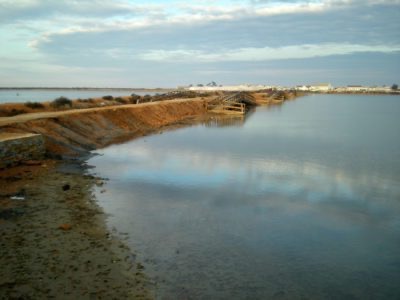
The paths to follow
It hosts a great variety of ecosystems: the beach, the dunes, the pine forest and salt ponds. The coast of the park is represented by low and sandy coasts, the pine forest was instead created in 1917 to prevent the advancement of the dunes, as they threatened the invading of the ponds. The area is very touristy and the park is in a good state of conservation. The park offers two different itineraries to travel by bicycle or on foot, characterized by wooden walkways: the trail of Las Encañizadas e the path of El Coterillo.
Fishing and an observation point
Both the names of the paths do not have a corresponding Italian word so now I will explain them very simply. The Encañizada is a fishing system dating back to the Arab era, the essential elements of which are reeds or wooden sticks: kilometers of wooden sticks are combined, all cut in equal size and placed manually in the sea area where the fish pass from the sea. Mediterranean at the Mar Menor.
In this area of passage of the fish, all the sticks are deposited which create rectangular containers where the fish are then captured. Smaller fish sometimes manage to escape while larger ones get trapped in the vessels. The fishing period is from October to December and the most common fish are the dorada and the bleak. Thanks to this almost twelve kilometer long path it is possible to observe this fishing system and all the ecosystems present in the regional park.

The other path is almost four kilometers long and surrounds the pond of Coterillo
Salt production: how it works and when it happens
And now we come to the production of salt: the water penetrates the first ponds from the Mar Menor thanks to two mills which, for years now, have been replaced by pumps (the mills are still visible and, today, serve to increase or decrease the water level; there are three). These ponds are very deep and function as water reservoirs. Subsequently, the water passes into the ponds heated by the sunlight, where the salinity increases due to evaporation. The water is finally led up to the crystallizers where it occurs the crystallization of the salt.
This process takes place until the end of September, when there will be the salt harvest.
In the lagoon with the pink flamingos
The fauna present is mainly characterized by migratory birds and pink flamingos. Inside the park there is an area called Las Charcas, famous for mud baths with therapeutic properties. Wooden walkways were built to allow you to enter the lagoon and be surrounded by flamingos.
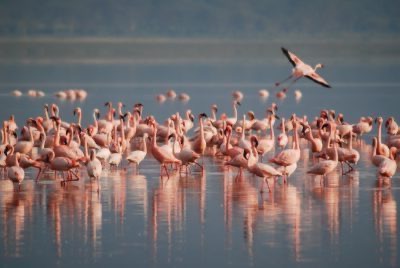
I also recommend a visit to Centro de Visitantes Las Salinas, to learn more about these natural treasures. I was delighted. The climate is favorable all year round, there is almost always the sun! I personally recommend a walk in the morning, thanks to the slightly lower temperatures and the possibility of admiring the pink and blue colors that the waters take on. A unique experience!






